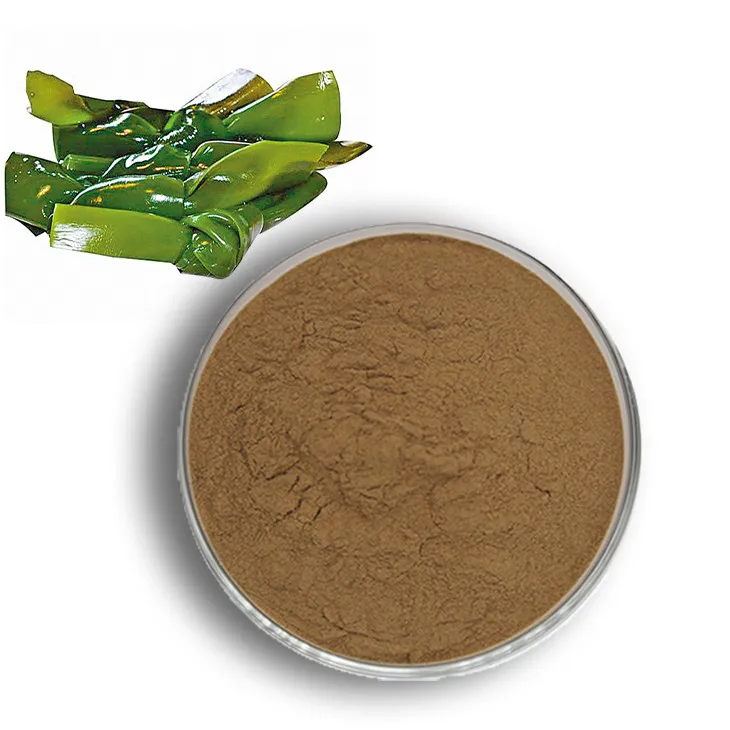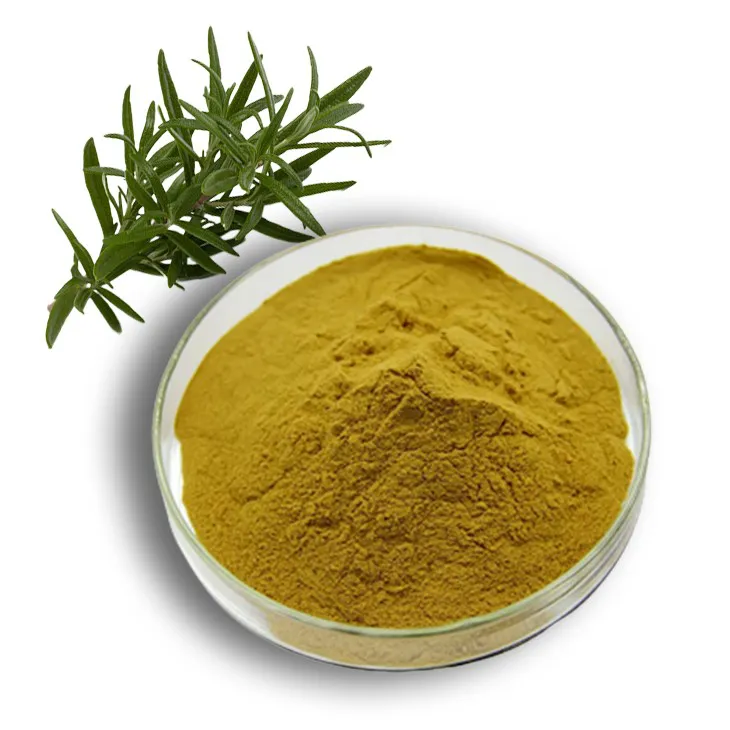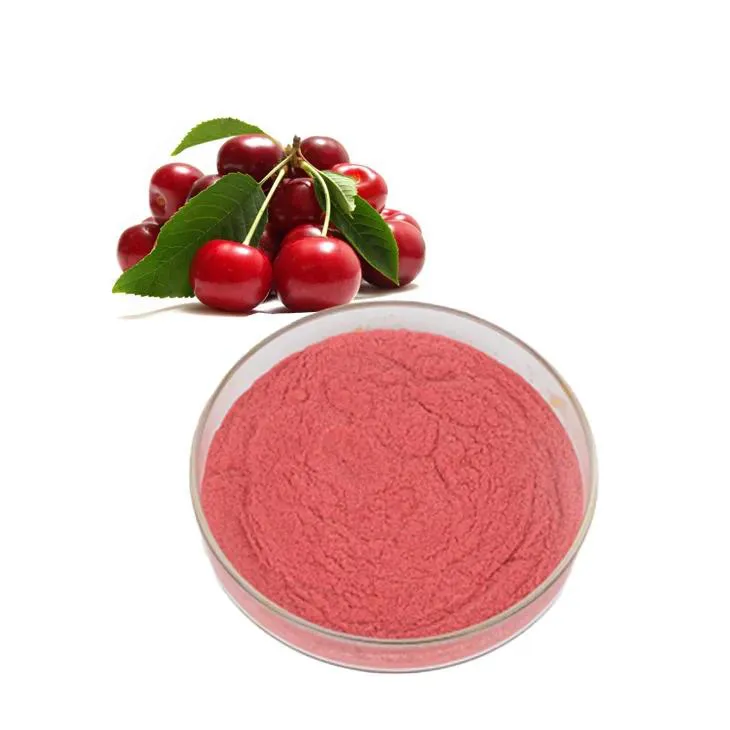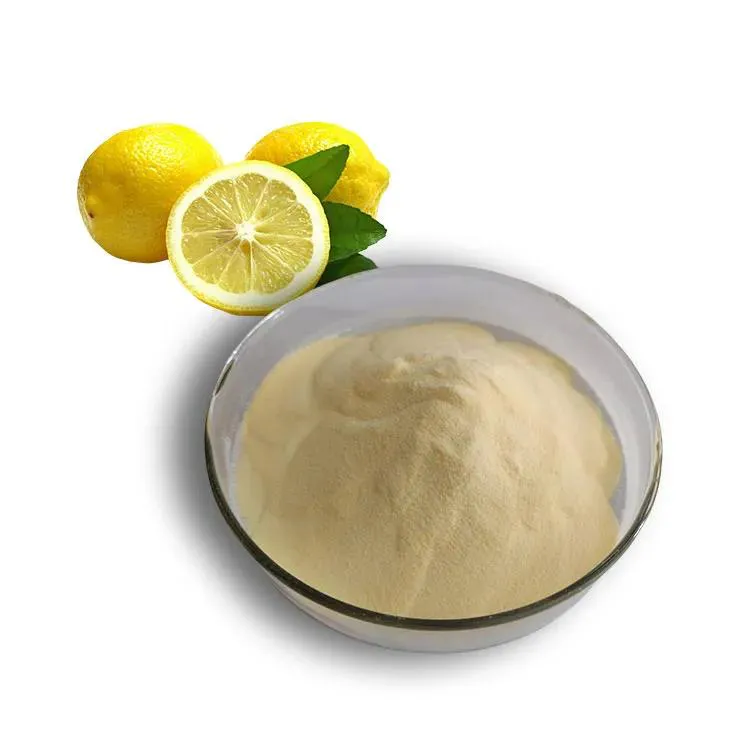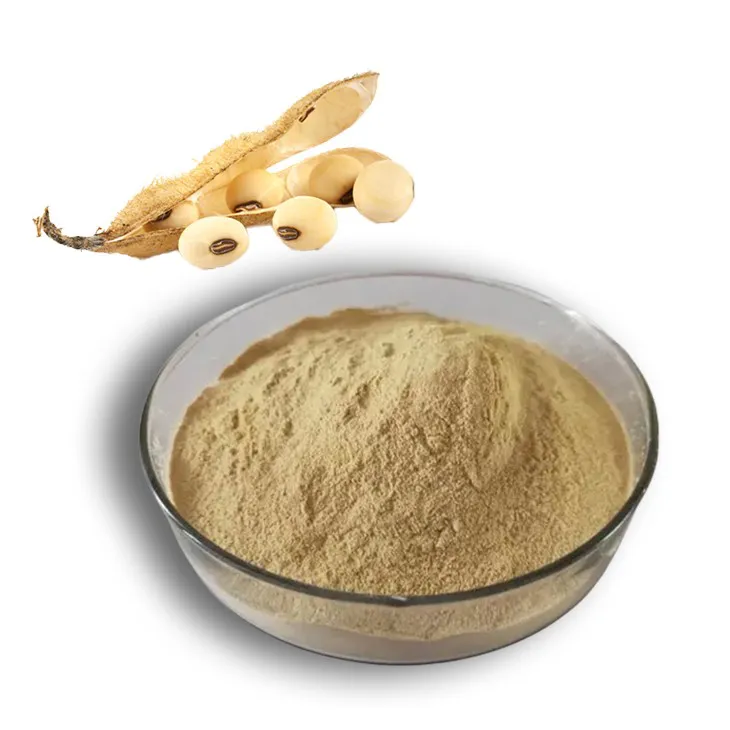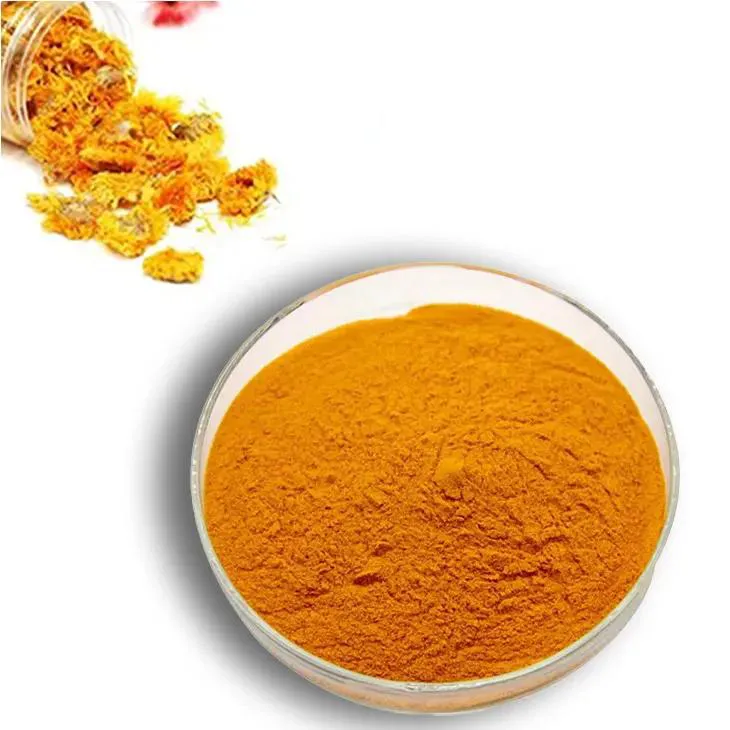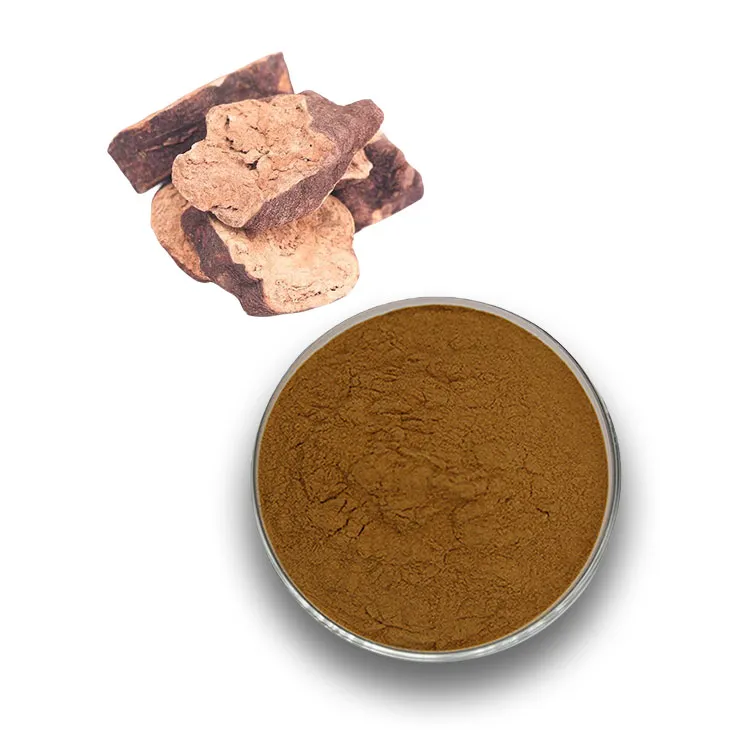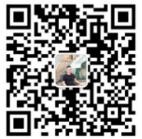- 0086-571-85302990
- sales@greenskybio.com
Aminolevulinic Acid HCl Topical: Uses, Applications, and Its Role in Dermatology
2025-10-23
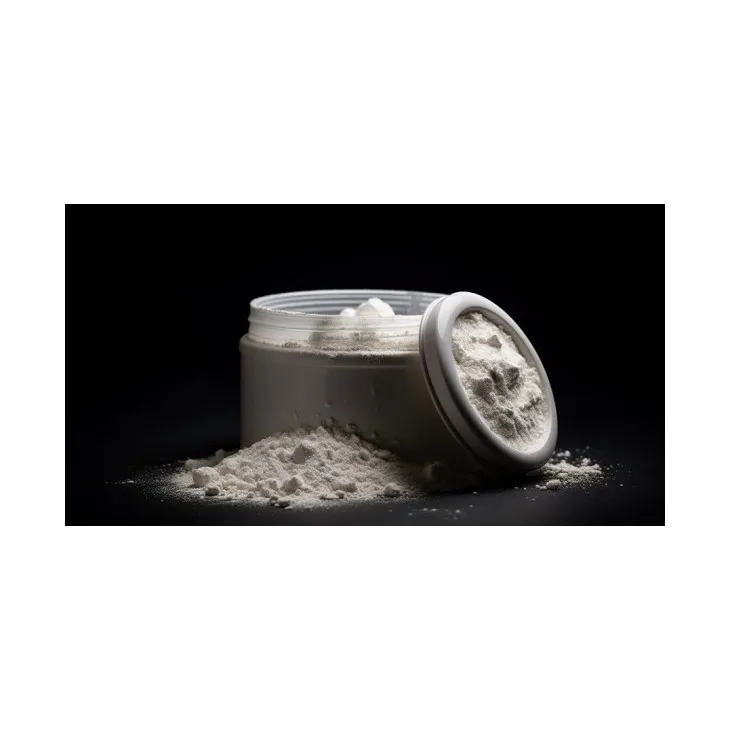
The field of dermatology is continuously evolving, introducing innovative treatments to manage various skin conditions. Aminolevulinic acid Hydrochloride (HCl) Topical is one such dermatological agent that has garnered attention for its use in photodynamic therapy (PDT). This article aims to provide an in-depth understanding of Aminolevulinic acid HCl Topical, its mechanism of action, applications in dermatology, and its benefits and limitations.
What is Aminolevulinic acid HCl Topical?
Aminolevulinic Acid (ALA) is a naturally occurring compound in the body that serves as a precursor in the biosynthesis of heme. In medical and dermatological applications, ALA is used in its hydrochloride salt form, known as Aminolevulinic Acid HCl, to enhance its stability and absorption when applied topically. This compound has been recognized for its role in photodynamic therapy, a treatment modality that utilizes photosensitizing agents, light, and oxygen to induce a therapeutic effect.
Mechanism of Action:
When applied topically, Aminolevulinic Acid HCl is absorbed by the skin cells where it is subsequently converted into protoporphyrin IX, a photosensitive compound, through the heme biosynthesis pathway. Protoporphyrin IX preferentially accumulates in abnormal or dysplastic cells, such as those found in actinic keratoses or certain superficial skin cancers. Upon exposure to a specific wavelength of light, typically blue or red light, protoporphyrin IX becomes activated, generating reactive oxygen species that induce cell death through oxidative damage. This targeted destruction of abnormal cells makes PDT with ALA a precise and effective treatment.
Applications in Dermatology:
Aminolevulinic Acid HCl Topical is primarily used in the treatment of actinic keratosis, a common precancerous skin condition caused by prolonged ultraviolet (UV) exposure. Actinic keratoses present as rough, scaly patches on sun-exposed areas, and if left untreated, they have the potential to progress to squamous cell carcinoma. PDT with ALA offers a non-invasive treatment option that effectively reduces the risk of progression.
Beyond actinic keratosis, ALA-PDT is utilized in the treatment of superficial basal cell carcinoma and certain types of acne. For basal cell carcinoma, PDT provides a non-surgical option, which is particularly valuable for lesions on cosmetically sensitive areas. In acne treatment, ALA-PDT targets sebaceous glands and reduces P. acnes bacteria, contributing to a reduction in acne lesions.
Procedure and Treatment Protocols:
The procedure for ALA-PDT begins with the application of Aminolevulinic Acid HCl Topical to the affected skin area. The application often requires a period of incubation, typically ranging from one to several hours, to allow adequate absorption and conversion to protoporphyrin IX. The specific protocol may vary depending on the condition being treated and the dermatologist's judgment.
Following the incubation period, the treated area is exposed to a light source with a specific wavelength that activates the protoporphyrin IX. The duration of light exposure can vary, and the amount of light energy used depends on the skin condition and targeted depth of treatment. Patients generally experience a sensation of warmth or tingling during the light exposure, and post-treatment care involves sun protection and soothing measures to manage any potential skin reactions.
Benefits of Aminolevulinic Acid HCl Topical:
Aminolevulinic Acid HCl Topical offers several advantages, particularly in its precision and non-invasive nature. As a targeted treatment, ALA-PDT minimizes damage to surrounding healthy tissue, which is a significant benefit over more invasive treatments like surgery. The non-invasive approach is particularly appealing for patients concerned about scarring, especially on the face and other highly visible areas.
Additionally, ALA-PDT is associated with a relatively rapid recovery time, with most side effects, such as redness or scaling, resolving within a week. The treatment is generally well-tolerated, and its efficacy in reducing actinic keratoses and superficial basal cell carcinoma is well-documented in clinical studies.
Limitations and Considerations:
Despite its benefits, there are limitations and potential side effects associated with Aminolevulinic Acid HCl Topical. Patients may experience photosensitivity following treatment, which necessitates strict avoidance of sunlight for at least 48 hours post-procedure to prevent adverse reactions. Some individuals may also experience mild to moderate discomfort, erythema, or swelling during and after the treatment.
Moreover, while ALA-PDT is effective for treating superficial and precancerous lesions, it may not be suitable for deeper or more aggressive skin cancers, which often require more extensive or alternative treatments. Repeat sessions may be necessary to achieve the desired therapeutic outcome, and the cost of treatment can also be a consideration for some patients, as it may not be covered by all insurance plans.
Conclusion:
Aminolevulinic Acid HCl Topical represents a significant advancement in dermatological treatments, offering a targeted and non-invasive option for managing actinic keratosis, superficial basal cell carcinoma, and some forms of acne. Its mechanism, which harnesses the body’s natural processes and light energy, exemplifies the innovative approaches being developed in dermatology. While the treatment has its limitations and may not be suitable for all types of skin conditions, it provides a valuable tool for patients seeking effective and cosmetically favorable outcomes. As research and technology continue to advance, the role of Aminolevulinic Acid HCl Topical in dermatology is poised to expand, offering new avenues for safe and efficient skin care solutions.
Visit Greenskybio.com, a great article source where you can learn about Supplements and their health benefits, you also can get the latest food Supplements. Green Sky Bio provides the best extracts and supplements. It is a Chinese self-developed brand that is trustworthy! Welcome to email us to inquire about our products.
- ▶ Hesperidin
- ▶ Citrus Bioflavonoids
- ▶ Plant Extract
- ▶ lycopene
- ▶ Diosmin
- ▶ Grape seed extract
- ▶ Sea buckthorn Juice Powder
- ▶ Fruit Juice Powder
- ▶ Hops Extract
- ▶ Artichoke Extract
- ▶ Mushroom extract
- ▶ Astaxanthin
- ▶ Green Tea Extract
- ▶ Curcumin
- ▶ Horse Chestnut Extract
- ▶ Other Product
- ▶ Boswellia Serrata Extract
- ▶ Resveratrol
- ▶ Marigold Extract
- ▶ Grape Leaf Extract
- ▶ New Product
- ▶ Aminolevulinic acid
- ▶ Cranberry Extract
- ▶ Red Yeast Rice
- ▶ Red Wine Extract
-
Kelp Extract Powder
2025-10-23
-
Rosemary extract
2025-10-23
-
Alisma Extract
2025-10-23
-
Longan Extract
2025-10-23
-
Acerola Juice Powder
2025-10-23
-
Aminolevulinic acid
2025-10-23
-
Lemon Juice Powder
2025-10-23
-
Soy Extract
2025-10-23
-
Marigold Extract
2025-10-23
-
Polygonum multiflorum extract
2025-10-23











